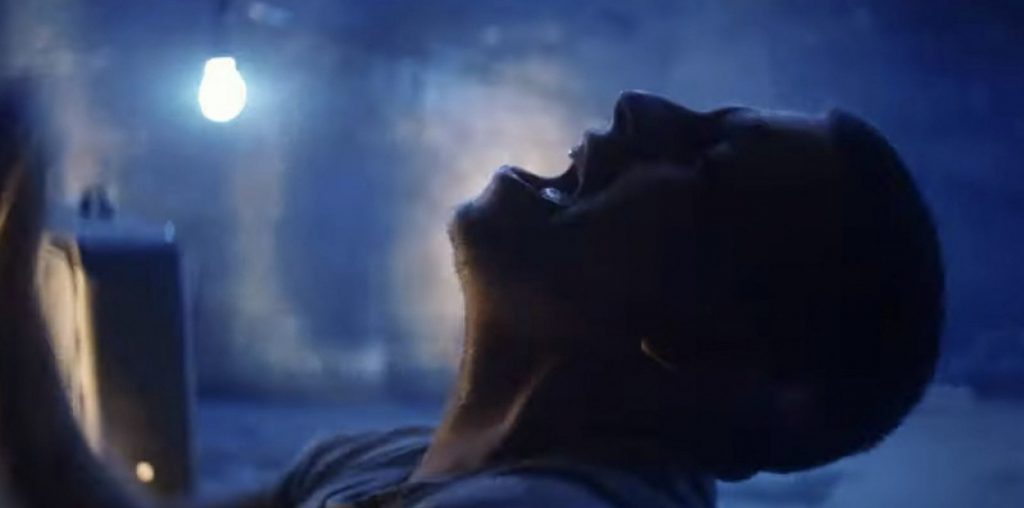
This six minute silent and abstract portrait of the Chinese city of Harbin consists of a sequence of one second shots, all taken from the windows of moving vehicles. The shots are looped over and over, giving the film a powerful, totally regular rhythm, like the hypnotic beating of a drum. The shots show cars, buses, pedestrians, and, at one point, ice sculptures lit up at night. Visual events within the shot, such as the sun emerging from behind a building, can become emphatic rhythmic highlights. Each looped sequence is very, very slowly cross-faded with several other looped sequences, so that one shot is always slowly fading away from view, as another one is gradually becoming more and more visible. This secondary rhythm of extremely slow entrances and exits creates a nice counter-dynamic to the regular rhythmic pounding of the loops.
“Postcard from Harbin” deals only incidentally with the particular visual qualities of Harbin; these buildings and cars could be in almost any city. But filmmaker Neil Needleman has used a simple rhythmic structure to create a fascinating and beautiful visual rhythmic effect, which says a lot about how our attention can gradually shift from one landscape to another.
